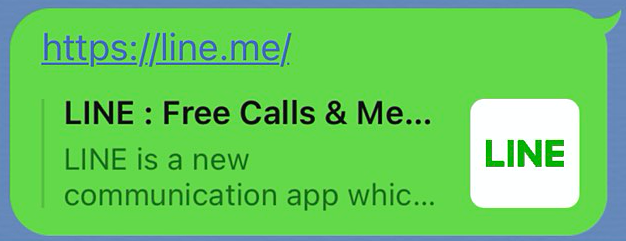In the LIFF browser and LINE's in-app browser, the user's social login with google account isn't allowed. This is because Google's OAuth 2.0 Policies disallow authorization requests from WebView to Google.
Therefore, when the user tries social login with google account in the LIFF browser or LINE's in-app browser, an error with a status code 403 and an error code disallowed_useragent will be displayed.


